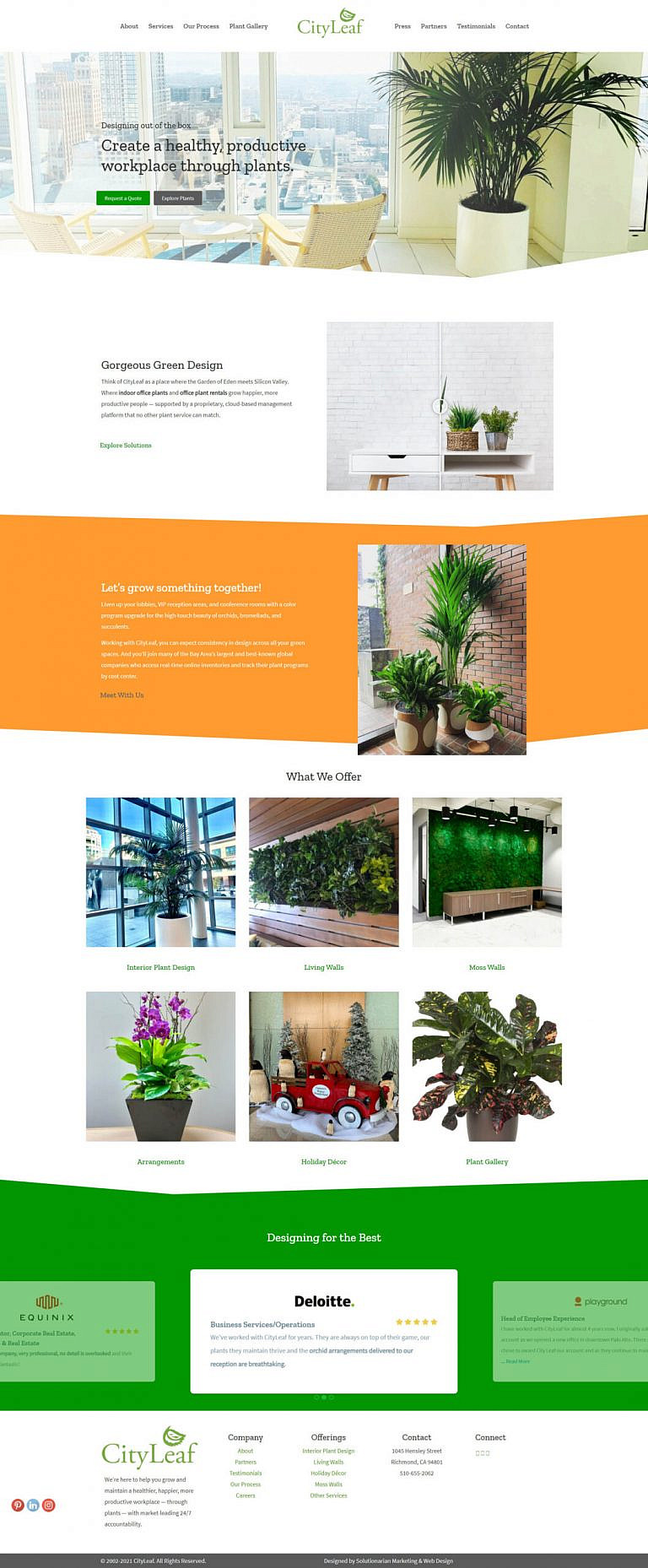Campbell, CA
Web Design Company
We don’t just build websites—we build your business’s digital foundation.
📍 Proud Members of the Campbell Chamber of Commerce
🎯 Serving Small to Medium-Sized Businesses in Campbell Since 2010
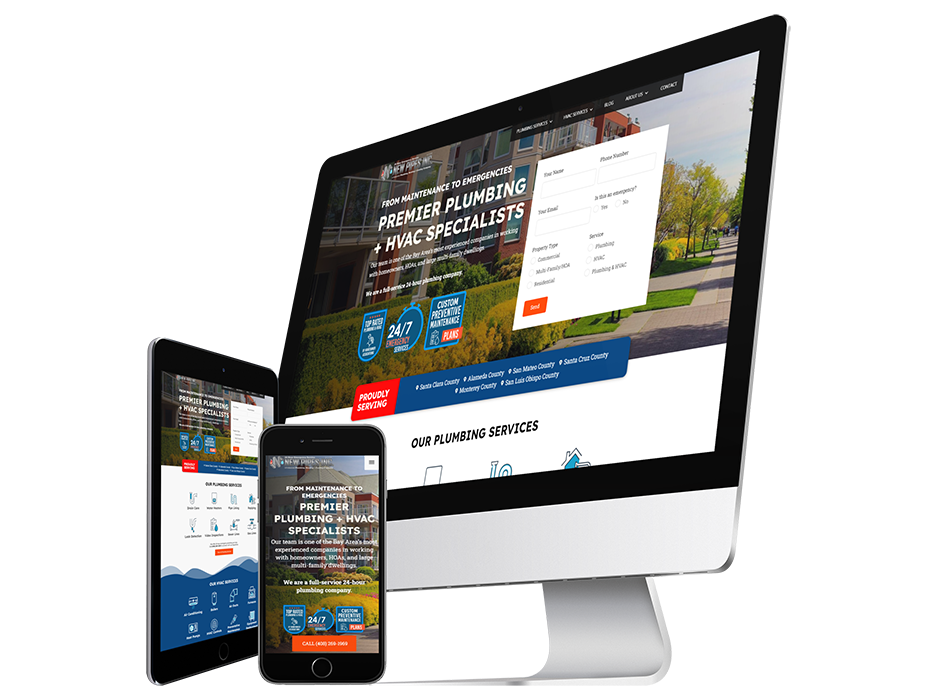
- Home
- Service Areas
- CA
- Campbell Marketing Agency
- Web Design Agency Campbell CA
Campbell Web Design Resources
Campbell Construction SEO: How to Get More Leads from Local Search
Avoid These Common Pitfalls When Building Your Small Business Website in Campbell, CA
5 Tools We Use in Our SEO Services – Campbell, CA
Why Professional Web Design Matters for Campbell Businesses

As a small to medium-sized business in Campbell, your website is often your customer’s first impression. Whether you’re located near The Pruneyard, Campbell Avenue, or along Bascom Avenue, your site needs to stand out among your local competitors.
94% of first impressions relate to your website’s design.
88% of local mobile searches lead to a call or visit within 24 hours.
38% of users stop engaging with a site if the layout is unattractive.
If your site isn’t professionally designed with Campbell customers in mind, you’re likely losing leads and credibility every day.
How Campbell Businesses Get Started With Us | 3 Easy Steps
Book Your Meeting With Us
Let's talk and discuss your business, our strategies, and what make sense for your goals.
Get a Quote From Us
It's not a question about if you can afford a new web design that get's results, it's whether you can afford not to do it.
See Your Revenue Grow
Working with us is a partnership. We want to help you succeed beyond what you have imagined.
Campbell's Top Website Designer Since 2010
Get a High Converting Website from Solutionarian.
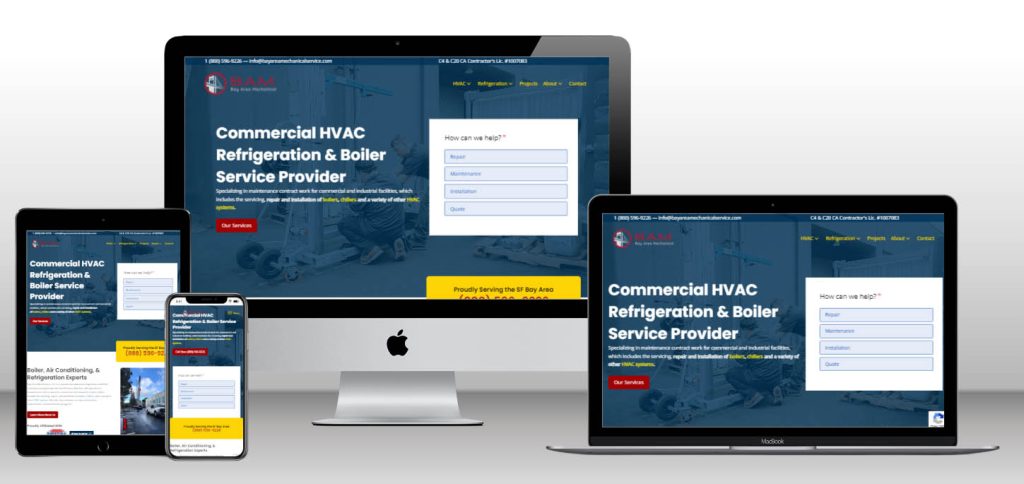
Our Campbell Web Design Services
At Solutionarian Marketing & Web Design, we offer a full range of professional website design services tailored to meet the needs of businesses, organizations, and individuals. Whether you’re looking for a sleek and responsive web design, an engaging e-commerce platform, or a complete website redesign, our team ensures that every aspect of your site is optimized for user experience (UX) and search engine visibility. Explore our services below:
Responsive Web Design
In today’s digital landscape, it’s crucial that your website looks great and functions seamlessly on any device. Our responsive web design services guarantee that your site is mobile-friendly, providing an intuitive experience across desktops, tablets, and smartphones. We focus on creating flexible layouts and adapting user interfaces (UI) to ensure your visitors have the best experience, regardless of screen size.
Benefits of our Responsive Web Design Services:
- Enhanced User Experience (UX) across all devices
- Improved SEO performance and mobile rankings
- Faster loading speeds and optimized performance
User Experience (UX) & User Interface (UI) Design
A successful website isn’t just visually appealing; it must also be easy to navigate. Our UX and UI design services focus on creating intuitive navigation, engaging visual design, and seamless user flows. We utilize tools like Figma, Adobe XD, and Sketch to develop wireframes and prototypes, ensuring that every interaction on your site is purposeful and enhances user engagement.
Our UX & UI Design Process Includes:
- Comprehensive user research and persona development
- Interactive wireframing and prototyping
- Visual design that aligns with your brand identity
Custom Website Development
No two businesses are the same, so why should their websites be? Our custom website development service allows us to create bespoke solutions tailored to your specific business goals. We build sites using the latest technologies, including HTML, CSS, and JavaScript, ensuring they are optimized for performance, scalability, and security.
Key Features of Our Custom Website Development:
- Fully customized websites tailored to your needs
- Integration of SEO-friendly design elements
- Secure, fast-loading, and easy-to-manage platforms
SEO-Friendly Design Elements
Every website we build is optimized for search engines to help you achieve higher rankings and more traffic. Our SEO-friendly design elements include proper site structure, clean coding, and content management system (CMS) integration for easy updates.
By focusing on factors like page speed optimization, web accessibility (WCAG compliance), and SSL security, we create websites that perform well and rank effectively.
What We Include in Our SEO-Friendly Designs:
- Fast-loading pages for improved site performance
- Structured data for enhanced search engine visibility
- Mobile optimization and responsive elements
E-commerce Website Design
If you’re looking to sell products or services online, our e-commerce website design services provide you with a robust, user-friendly platform that converts. We work with popular e-commerce platforms like Shopify and WooCommerce, integrating secure payment gateways, product pages, and conversion rate optimization (CRO) techniques to enhance your online sales.
E-commerce Website Features:
- Customizable product pages for better conversion rates
- Integrated shopping carts and secure payment processing
- SEO strategies tailored for e-commerce visibility
Website Maintenance & Redesign Services
Your website should evolve with your business. Our website maintenance and redesign services keep your site up-to-date, secure, and performing at its best. Whether you need regular updates or a complete overhaul, we use industry-leading techniques to enhance your site’s look and functionality.
Maintenance & Redesign Services Include:
- Regular performance audits and updates
- Website security (SSL certificates) and backup solutions
- Modern design enhancements to boost engagement
Get Ahead with Our Digital Marketing Services Today!
Join Our List of Customers in Campbell. Make Their Results, Your Results.













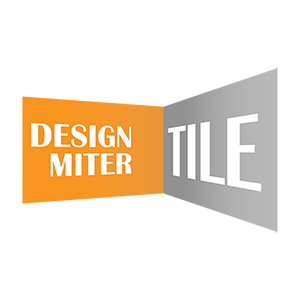




What Our Clients Are Saying
Featured Website Design Projects | Solutionarian Marketing & Web Design

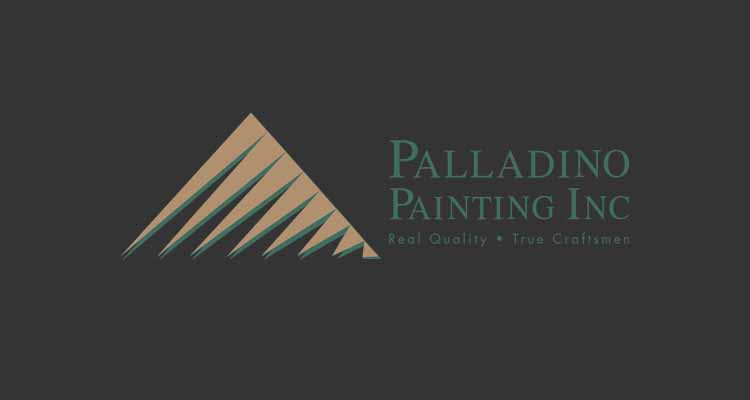
Paladino Painting
Website Design Services


The Salad Farm
Website Design & Photo Editing
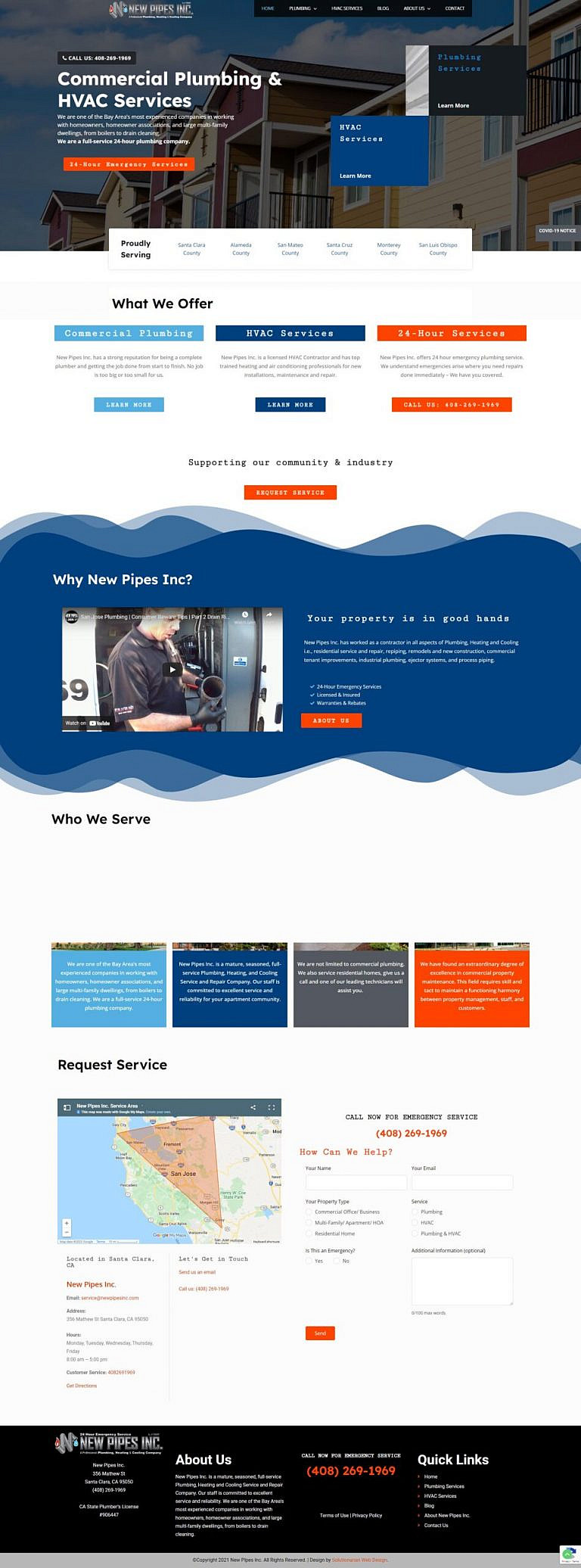
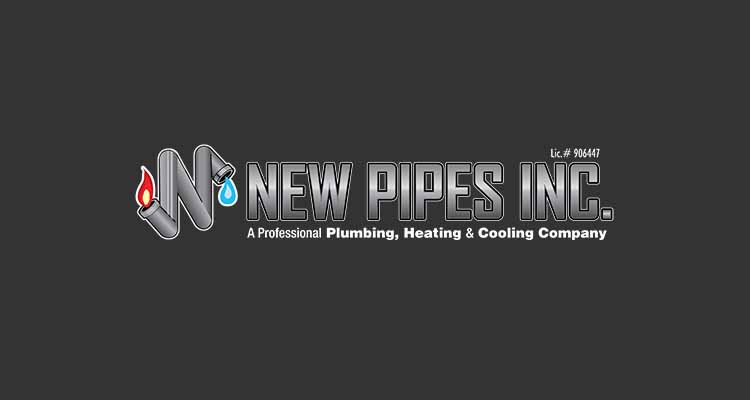
New Pipes Inc.
Website Design, Marketing, Graphics


Overflow Sports Academy
Website Design - Video
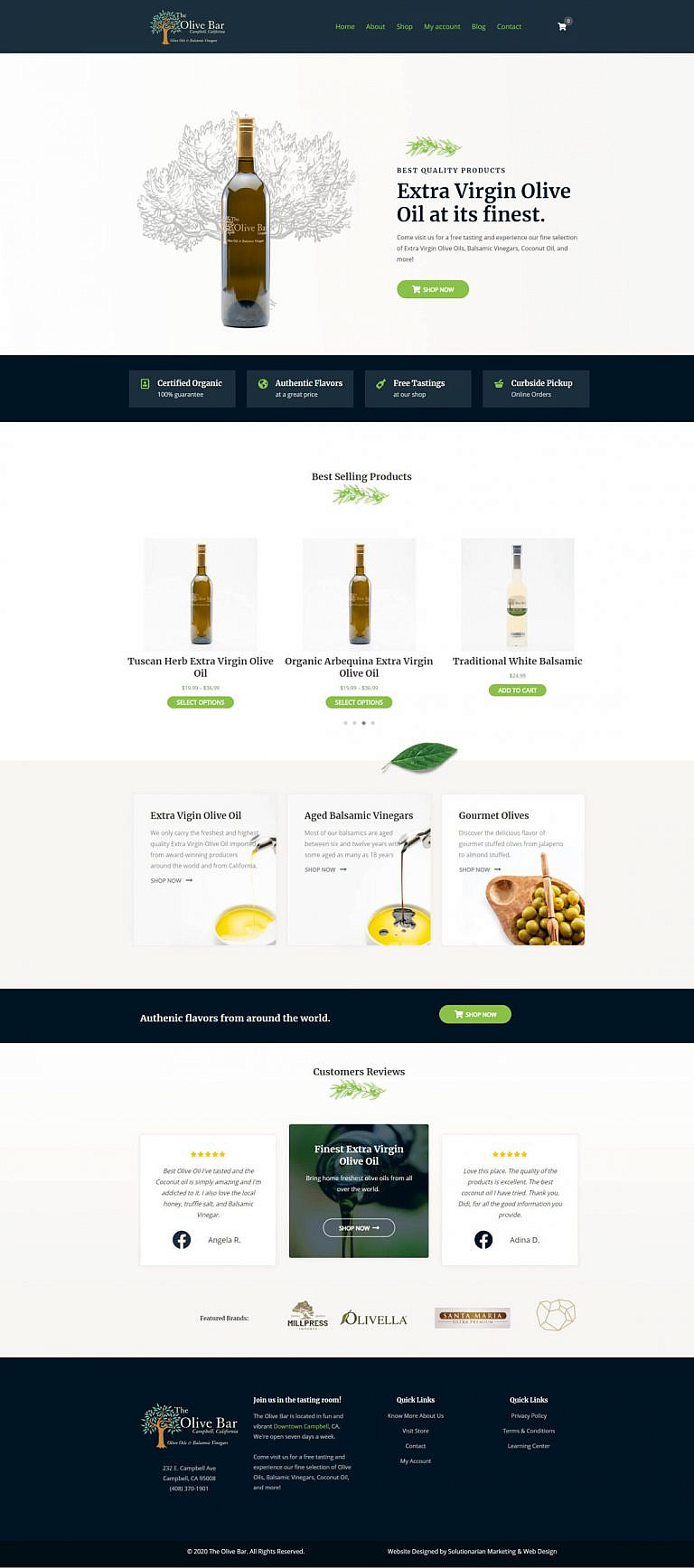
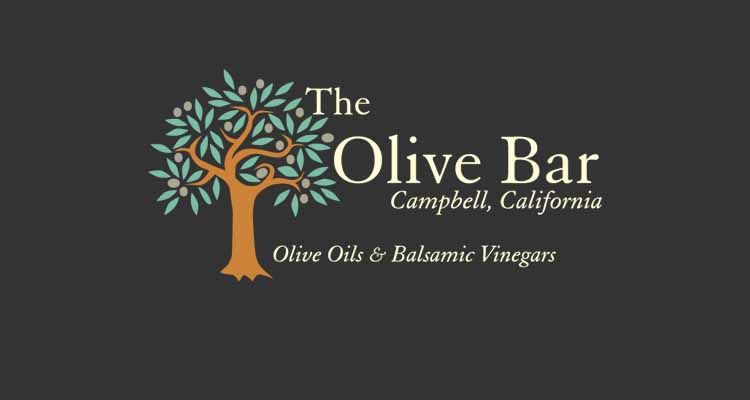
The Olive Bar
Website Design & Marketing
Campbell Web Design Services
The Website Technology We Use
We use cutting-edge design tools like Figma, Adobe XD, and the top website platforms to create clean, engaging layouts for your website. Our website tools allow us to develop wireframes (blueprints for your site), effects, functionality, and usability for a website. Our design process ensures that your website matches your vision while providing a smooth and intuitive user experience (UX).
Here are some of the popular technologies we use in website design:
WordPress
Shopify
BigCommerce
HTML/CSS
Webflow
Wix
SquareSpace
Hubspot
Elementor
WooCommerce
Google Analytics
Stripe/Paypal

Website Design Frequently Asked Questions
Why Website Design is Important
A well-crafted website design is crucial for business owners as it serves as the digital storefront, making a strong first impression on potential customers. A visually appealing and professionally designed website enhances brand identity by consistently reflecting the company’s colors, logos, and overall aesthetic, which helps in building brand recognition and trust. Effective design improves user experience by ensuring easy navigation, intuitive layout, and fast loading times, which can significantly increase visitor retention and conversion rates. Additionally, a responsive design that adapts seamlessly to various devices, such as smartphones and tablets, broadens the business’s reach and accessibility, catering to the growing number of mobile users.
Moreover, investing in quality website design offers several tangible benefits that directly impact a business’s bottom line. A well-designed website can boost search engine optimization (SEO) efforts by incorporating clean code and optimized content structure, leading to higher visibility in search engine results. Professional design also enhances credibility, as users are more likely to trust and engage with a site that appears legitimate and authoritative. Furthermore, a unique and engaging design sets a business apart from its competitors, providing a competitive edge in crowded markets. Enhanced engagement through interactive elements and compelling visuals can lead to longer site visits and increased customer loyalty. Overall, prioritizing website design not only attracts and retains customers but also supports broader business goals by fostering growth and sustainability.
Website Design vs. Web Development - What's the difference?
Web design and web development are two distinct yet complementary disciplines essential for creating functional and aesthetically pleasing websites. Web design primarily focuses on the visual aspects and user experience, including layout, color schemes, typography, and overall aesthetics to ensure the site is attractive and intuitive for visitors. Designers often use tools like Adobe Photoshop, Sketch, or Figma to create mockups and prototypes that define the website's look and feel. In contrast, web development is concerned with the technical implementation and functionality of the site. Developers write code using languages such as HTML, CSS, JavaScript for front-end development, and languages like PHP, Python, or Ruby for back-end development to build interactive features, manage databases, and ensure the website operates smoothly across different devices and browsers. While web designers shape the user interface and experience, web developers bring these designs to life by building the underlying structure and functionality that make the website operational.
How much does a new website design cost?
The industry average cost for a website ranges between $2,000 to over $10,000. Solutionarian Marketing & Web Design prices start at $1,800.
The total cost depends on how many pages your website will be, the amount of integrations, additional functionality, photo and video editing, custom coding, and other factors.
Can clients make revisions during the web design process?
Absolutely, clients are encouraged to make revisions during the web design process.
Collaborative Approach
From the get-go, you're an integral part of the creative journey. We prioritize understanding your vision and objectives before initiating the project, ensuring any initial designs are tailored specifically for you.
Flexible Revisions
As your project progresses, we offer flexibility. If adjustments are needed, you have the opportunity to request changes throughout the design phase, as long as they fit within the agreed-upon budget. This iterative process ensures the final product aligns perfectly with your expectations.
Customized to You
Our aim is to deliver a website that truly reflects your unique brand and goals. By remaining adaptable and open to revisions, we ensure that your voice is heard and translated into a captivating digital presence.
Who Owns the Website and Its Content After a Project Completion?
When a project concludes, ownership of the website and all associated content becomes yours entirely. This includes your website design, unique content, tracking accounts, and ad accounts. Unlike some companies known for questionable practices—like altering websites post-completion or removing critical components such as tracking codes or content—our approach prioritizes integrity.
Our focus is on building lasting relationships through quality work rather than relying on tactics that retain clients through dependency. Should you choose to part ways with us in the future, rest assured, everything will be returned in full working order—no strings attached. We stand by the principle that your digital assets are just that: yours.
What Hosting Services Are Available for Websites?
When it comes to hosting services for websites, there are several options that encompass not just server space, but comprehensive management and security features to keep your site running smoothly. Here's what you can typically expect from a quality hosting service:
Advanced Security Measures: Top-tier hosting providers often include robust security protocols like Sitelock to prevent virus attacks and protect your data from breaches.
Uptime Monitoring: Services like Pingdom are utilized to continuously monitor your website's performance. If the site experiences downtime, the hosting team receives immediate alerts to address the issue promptly.
Regular Backups: Hosting packages frequently include automated monthly backups, ensuring that your website’s data is safely stored and can be restored if needed.
Maintenance and Updates: Many hosting services offer a set number of hours per month for website updates and changes, allowing you to keep your content fresh and relevant without extra cost.
Hack Recovery and Support: In the event your website is hacked or encounters technical difficulties, the hosting provider typically takes charge of resolving the issue at no additional charge, offering peace of mind and stability.
Direct Support Line: With reliable hosting services, a “one-call” solution is standard. Anytime you need assistance with changes or troubleshooting, a dedicated support team is ready to help directly.
Choosing the right hosting service means selecting a plan that not only meets your business needs but also provides the necessary support and security to ensure seamless operation of your website.
Understanding the Importance of Initial Mockups in Web Design
Initial mockups play a crucial role in the web design process, acting as a blueprint for your site’s visual and functional elements. Here’s why they are essential:
Visualizing Concepts: Mockups offer a tangible representation of the web design ideas, allowing stakeholders to visualize the end product before full development begins. This step ensures clarity and direction, aligning the project vision among all parties involved.
Feedback and Iteration: By presenting early-stage designs, mockups provide an opportunity for constructive feedback. This collaborative approach facilitates iterations and refinements, resulting in a design that truly resonates with the target audience and meets business objectives.
Consistency Across Pages: Once a mockup is approved, it sets a consistent design language for the entire website. This ensures cohesiveness in branding, typography, and color schemes across all web pages, delivering a unified user experience.
Time and Cost Efficiency: By identifying and addressing potential issues early in the design phase, mockups can save both time and resources. Adjustments in a mockup are typically easier and less costly than those in a fully developed web page.
Foundation for Development: Mockups serve as a guide for the development team, clearly outlining the layout and functionality of each element. This allows developers to focus on coding without second-guessing design intentions, streamlining the implementation process.
Initial mockups are more than just a preliminary step—they are integral to crafting a compelling, user-friendly website that achieves its intended goals.
How Do We Integrate Client Feedback Into Web Development?
Incorporating client feedback seamlessly into the web development process is a priority for us. Here’s how we ensure your voice is not just heard but actively shapes the project:
- Collaborative Initial Planning:
From the outset, our project manager collaborates closely with you to understand your unique vision. This partnership lays the groundwork for a site that reflects your brand's identity. - Iterative Design Process:
We adopt an iterative design approach, allowing you to review and provide feedback at various stages. This ensures that adjustments are made promptly and reflect your expectations. - Regular Check-Ins:
Through scheduled check-ins, you receive updates on the progress and have the opportunity to share insights or concerns, which are immediately incorporated into the development process. - User Experience (UX) and SEO Adjustments:
As we develop the site, your input guides crucial decisions in UX and SEO, ensuring that both the user journey and search engine visibility align with your goals. - Final Review and Testing:
Before launch, a comprehensive review is conducted, where your feedback is vital. We make any final adjustments needed to create a seamless interface and functionality.
Modern Responsive Website Design for Campbell Businesses
Gathering Client Requirements in a Web Design Project
The journey to crafting a tailored web design begins with a comprehensive discovery phase. This integral step ensures that all client needs and expectations are thoroughly understood and documented.
1. Collaborative Planning
A dedicated project manager partners with your team to delve deep into your vision. This collaborative approach allows both parties to discuss everything from essential branding guidelines to more abstract desires. The goal is to capture every nuance of what you're aiming to achieve with your website.
2. Notation and Systematic Documentation
Every detail gathered is meticulously documented in a centralized project management system. This serves as an accessible reference point throughout the design process, ensuring the team consistently aligns with your objectives.
3. Regular Reviews and Updates
The design team routinely revisits these documented requirements to ensure the project remains on track. Regular updates and feedback loops are established to confirm the evolving design continues to resonate with your initial goals.
This structured but flexible approach to gathering client requirements sets the foundation for a successful web design project, aligning all aspects of the design with your vision and objectives.
Who is Responsible for Writing Website Content?
When it comes to creating content for your website, the responsibility can vary based on your preferences and needs. Here are the options available:
- DIY Approach: You can choose to write the content yourself and then have a team of experts optimize it for clarity, SEO, and engagement.
- Guided Writing: If you're comfortable writing but need a little guidance, professional teams can offer instructions and tips for crafting well-optimized content that resonates with your audience.
- Full-Service Content Creation: Prefer a hands-off approach? Professional content teams can take charge of writing your content. They start with a discovery call to grasp your brand's voice and message, ensuring the final content mirrors your unique style. You'll be involved in the process with opportunities to review and suggest revisions before anything is published.
How is Tracking Implemented in Web Design Projects?
Implementing tracking in web design projects is a critical step to transform a website into an effective sales tool. The process involves integrating various analytics tools to monitor how visitors interact with the site and identify optimization opportunities.
1. Analytics Integration:
Tools like Google Analytics and Adobe Analytics are seamlessly embedded into the website to collect data on visitor behavior. These tools capture metrics such as page views, bounce rates, and visitor demographics, providing valuable insights into user engagement.
2. Event Tracking:
This involves coding specific actions, like button clicks or form submissions, to understand user interactions. By implementing event tracking, designers can see which elements are driving conversions and which are being ignored.
3. Conversion Goals:
Establishing clear conversion goals is vital. Whether it’s a completed purchase or a contact form submission, setting these goals in analytics software helps measure the site's effectiveness in meeting business objectives.
4. Heatmaps and Session Recording:
Utilizing tools such as Hotjar or Crazy Egg, web designers can produce heatmaps or session recordings to visualize how users navigate a site. This data shows which areas receive the most attention and can point to potential user experience improvements.
5. Regular Analysis and Adjustments:
Tracking doesn’t end with implementation. Regular analysis of the data collected allows for continuous refinement of the website. By adjusting design and content based on insights from tracking tools, websites can consistently improve their conversion rates.
Incorporating tracking into web design ensures that the site isn’t just live but is actively contributing to the business’s bottom line. Through precise metrics and user behavior analysis, sites are continually optimized for better performance and increased sales.
How Long Does It Typically Take to Build a Website?
The duration of a website development project can vary significantly based on several key factors. While some websites are fast-tracked and wrapped up in just a few weeks, others might take slightly longer to perfect. Here’s a breakdown of what influences the timeline:
Complexity of the Website: Websites with intricate designs or extensive product catalogs often require more time. A simple portfolio site will naturally take less time compared to a large e-commerce platform with hundreds of products.
Revisions and Feedback: Each round of revisions can add to the timeline. Collaborative feedback is crucial, but every additional tweak can extend the duration of the project.
Content and Design Requirements: Delays can occur if the content or design elements aren’t ready. Having all the necessary materials before starting can significantly speed up the process.
Typically, once all the foundational information is in place, a straightforward website can be completed in about 30 days. However, should there be any changes or additional rounds of edits, expect some extensions in the timeline.
What is UI/UX in Website Design? Campbell, CA

The Role of In-Depth Research in Enhancing Web Design Quality
In-depth research plays a crucial role in raising the quality of web design by offering insights that drive strategic and effective design decisions. By examining not only your direct competitors but also the leaders across the industry, you gain a comprehensive understanding of what succeeds in the digital landscape. Here’s how expanded research impacts web design quality:
Identifying Effective Strategies
Through diligent research, designers can pinpoint the elements that contribute to a high-performing website. This includes everything from layout styles used by top performers like Apple and Google to the color schemes and typography that best resonate with your target audience.Tailored User Experience
By understanding user behavior and preferences through research, designers can create custom experiences that align with what users expect and enjoy. This not only improves engagement but also fosters a seamless interaction, leading to higher satisfaction and retention rates.Benchmarking and Innovation
Looking at leaders in various industries provides a benchmark to strive for and, at the same time, inspires innovation. By analyzing the features and functionalities that set these leaders apart, your design can incorporate similar or enhanced elements that elevate the website's competitiveness.Informed Design Decisions
Comprehensive research arms designers with data-backed insights, allowing them to make informed decisions that minimize guesswork. With a clearer understanding of what works, designers can focus on implementing features and styles that are proven to enhance both usability and aesthetics.Ensuring Relevance and Modernity
The digital landscape is ever-changing, and staying updated with the latest trends and technologies is essential. Expanded research ensures that your web design remains relevant and modern, incorporating up-to-date elements that keep your site fresh and appealing.
By leveraging thorough research, web design transcends mere aesthetics, becoming a strategic tool that boosts performance and effectiveness, ultimately converting visitors into loyal customers.
How We Prepare Your Website for Deployment
Deploying a website isn’t just about hitting “publish.” It’s a structured, strategic process that ensures your site not only looks great but functions optimally. Here’s a streamlined look at the essential steps we follow before the big launch.
1. Initial Discovery
At the heart of an effective website is a thorough understanding of your business goals. We start by collaborating closely with your team to pinpoint every detail, from core branding requirements to nuanced preferences. This foundational step is crucial to align the website's purpose with your objectives.
2. Industry Research and Strategy
Using insights gathered during the discovery phase, our team dives deep into industry analysis. We scrutinize top-performing competitors to extract and adapt winning strategies. Our insights pave the way for designing a site that not only mirrors your brand but also resonates with your target audience.
3. Creative Mockups
The vision begins to take shape with initial design drafts. Our design team crafts several mockups, presenting varying styles and layouts. This phase is an interactive process, where your feedback refines the designs. We ensure every visual element aligns with your brand’s identity before moving forward.
4. Feedback Integration and Development
Collaboration remains key as we integrate your feedback into the development stages. Our team meticulously builds your site with an eye on user experience and search engine optimization. This ensures that the final product is both visually appealing and functionally robust, meeting the highest standards.
5. Final Testing and Execution
Before your site goes live, it undergoes rigorous testing to iron out any kinks. We implement tracking and analytics to monitor performance and ensure the site is ready for visitors. This meticulous preparation guarantees a seamless launch, equipping you with a website that is both stunning and effective.
This comprehensive, step-by-step process ensures that by the time your website reaches deployment, it's an optimal digital platform primed for success.
The Role of Research in the Web Design Process
Research is an essential first step in the web design process. It serves as the foundation upon which all creative decisions are built. Here’s how it plays a pivotal role:
Understanding the Audience: Through initial information gathered during strategy sessions, designers gain insight into the target audience. This includes demographics, preferences, and behaviors, which are crucial for crafting a user-friendly experience.
Benchmarking the Competition: By examining successful competitors, web designers identify industry standards and trends. Top-performing websites serve as a benchmark, revealing features that engage users and drive conversions.
Customization and Innovation: Armed with competitor analysis, designers are not simply replicators. Instead, they deconstruct what works and creatively reimagine those elements. They integrate your unique tone and branding to ensure the website stands out while maintaining industry relevance.
Data-Driven Decisions: Research informs data-driven decisions, allowing for a design that's both aesthetically pleasing and highly functional. This increases the likelihood that visitors will not only browse but also engage and convert.
Continuous Improvement: Post-launch, ongoing research helps identify new trends and user behaviors, facilitating updates that keep the website fresh and relevant.
By integrating thorough research into web design, businesses can ensure their sites are tailored to both market demands and brand identity, providing a competitive edge in the digital landscape.
The Valuable Expertise WordPress Developers Bring to Web Design Projects
When embarking on a web design project, the expertise of seasoned WordPress developers is invaluable.
Deep Understanding of WordPress Architecture
WordPress developers possess a profound knowledge of the platform’s architecture, allowing them to tailor websites that are both functional and visually appealing. Their keen insights enable the creation of custom themes and plugins, ensuring sites meet unique business needs while providing a seamless user experience.
Long-term Experience and Skill Development
Years of experience in the field refine developers' skills well beyond standard practices. This progression enhances their ability to implement cutting-edge design trends and development techniques. You benefit from a website that's not only modern but also adheres to best practices in web security and performance.
Collaborative and Innovative Approach
Working with WordPress developers often results in a collaborative approach to web design projects. Their expertise contributes to ideation and innovation, bringing fresh perspectives to design challenges and enabling the crafting of solutions that stand out in a crowded digital landscape.
Customization and Flexibility
Developers skilled in WordPress leverage the platform's flexibility to build custom features tailored to specific business requirements. Whether integrating ecommerce capabilities with WooCommerce or enhancing site performance through optimized code, their adaptations ensure your site remains robust and relevant.
In Summary
WordPress developers don't just build websites—they craft digital experiences. Their extensive know-how turns complex requirements into intuitive solutions that captivate audiences and drive business growth.
Should I Be Using A CMS for My Campbell Business Website?
For businesses looking to scale or frequently update their content, a CMS is especially valuable. It allows for better content organization and can be customized with various plugins or extensions to meet your specific needs. Additionally, most CMS platforms are designed to be flexible, so your site can grow as your business grows, whether that means adding an online store, integrating customer service tools, or expanding your blog. Ultimately, using a CMS will make your website easier to manage and more adaptable to your business’s evolving needs.
What Are the Benefits of Using WordPress Over Other Content Management Systems?
WordPress stands out as a leading choice among content management systems (CMS) for several compelling reasons:
- Regular Updates and Strong Security: One significant advantage is its commitment to frequent updates. These ensure that your site remains protected against the latest security threats. Regular updates also mean that performance improvements and new features are continually integrated, maintaining a cutting-edge platform.
- User-Friendly Customization: Unlike custom-coded sites, where every change requires meticulous and expensive recoding, WordPress offers a more flexible approach. It's designed to be user-friendly, allowing you to easily modify your website with just a few clicks. The extensive library of themes and plugins makes it simple to adapt to new trends without the need for advanced coding skills.
- Community Support and Resources: The vast global community of developers and users enhances WordPress's appeal. Whether you're looking for troubleshooting tips, tutorials, or plugins, the active community offers a wealth of resources. This support network makes solving issues more manageable and speeds up your site's development.
- Scalability and SEO-Friendly: Known for its scalability, WordPress is equipped to grow alongside your business. It’s an excellent fit for anything from small personal blogs to large corporate sites. Additionally, WordPress is structured to be highly search engine friendly, with various plugins available to help optimize your content for better visibility in search results.
- Affordable and Cost-Effective: With budget-friendly options, WordPress reduces the financial barriers of web development. Many themes and plugins are either free or available at a low cost, making it easier to maintain and enhance your site without breaking the bank.
Solutions for B2C Web Portals
Elevate Customer Experience with Tailored Portals
In today’s fast-paced digital landscape, effective B2C web portals are game-changers. They not only enhance customer engagement but also streamline business operations. Here’s a closer look at the solutions available for B2C web portals:
E-commerce Platforms: These portals offer robust features that support seamless online shopping experiences, complete with secure payment gateways and personalized shopping recommendations.
Healthcare Portals: Designed for patient interaction, these portals allow users to manage appointments, access medical records securely, and communicate directly with healthcare providers.
Education Portals: Facilitate e-learning by providing students and educators with access to courses, materials, and progress tracking tools.
Travel Portals: They simplify booking processes for flights, accommodations, and provide itinerary management, ensuring a smooth travel experience.
Customer Support Portals: These are equipped with self-service tools, enabling customers to track queries, resolve issues independently, and receive prompt assistance, enhancing satisfaction and loyalty.
By implementing these versatile solutions, businesses can significantly boost customer interaction and satisfaction, all while securing important data and optimizing processes.
How Can B2B Web Portal Development Benefit Companies?
In today’s digital landscape, businesses are seeking innovative ways to enhance client interactions. A well-crafted B2B web portal can be a game-changer, offering a host of benefits tailored to improve the way companies serve their commercial clients.
1. Enhanced Client Experience
A B2B portal can significantly elevate the client experience by providing a seamless and intuitive platform for interactions. Whether it's for placing orders, accessing information, or tracking shipments, a user-friendly portal can streamline these processes, ensuring clients find what they need quickly and efficiently.
2. Streamlined Operations
Integrating a web portal into company operations can eliminate bottlenecks and reduce overhead by automating routine tasks. For instance, portals designed for wholesale management can simplify inventory tracking and order processing, allowing businesses to focus resources on growth and development.
3. Increased Security and Access Control
Security is paramount in B2B transactions. A robust portal solution ensures that sensitive data is protected through advanced security features. Whether businesses are dealing with proprietary information or financial transactions, having a secure portal helps build trust with clients.
4. Industry-Specific Solutions
Web portals can be customized to meet the unique needs of various industries. For example, the real estate sector might benefit from management portals that centralize listings, client interactions, and document sharing, making it easier for firms to manage their properties and client relationships.
5. Improved Communication Channels
Effective communication is the backbone of any successful business relationship. Portals can include integrated communication tools, such as messaging or video conferencing, to facilitate real-time discussions and collaboration with clients, further solidifying business partnerships.
By leveraging these advantages, companies can position themselves as leaders in their respective industries, offering clients a reliable, efficient, and secure platform for all their needs.
How Much Should A Website Cost in Campbell, CA?
The cost of a professionally designed website can vary widely depending on your business needs, but it’s important to view it as an investment in your brand’s online presence. Typically, a professionally designed website can range from $2,000 to over $10,000, depending on factors such as the number of pages, added functionality, and any special integrations you may require. For example, a simple, brochure-style website with a few pages and basic features will cost less, while a more complex site with e-commerce capabilities, custom forms, booking systems, or advanced integrations will fall on the higher end of the scale.
When considering the cost, it’s crucial to think about what your website will need to accomplish. Do you need a site that can handle online transactions, manage customer data, or integrate with your CRM? Will you require custom design elements to make your brand stand out? These additional features will impact the price but will also add significant value. A well-built, responsive website is an essential tool for generating leads, converting visitors into customers, and positioning your business as a leader in your market, making the investment worth every dollar in the long run.
At Solutionarian Marketing & Web Design our website packages start at $1,800 for a professionally designed mobile-friendly website.
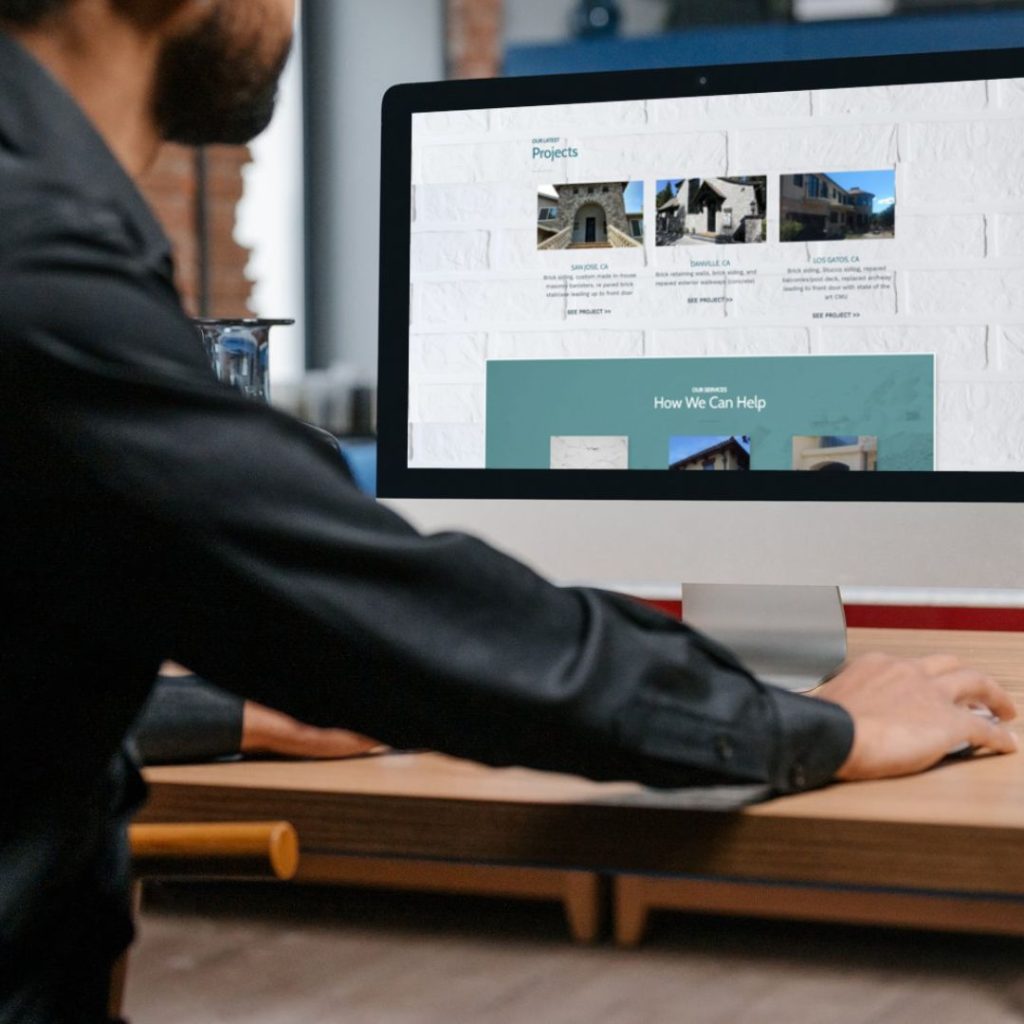
Are You Looking For Our Service Area Nearby Campbell?
We can serve you no matter where you are, we are just a phone call or Zoom Web Conference away.
Here are some of the areas we serve our clients: Explore Local Service Area
- Santa Clara Website Design
- San Jose Website Design
- Campbell Website Design
- Milpitas Website Design
- Palo Alto Website Design
- Sunnyvale Website Design
- Los Gatos Website Design
- Cupertino Website Design
- Saratoga Website Design
- Mountain View Website Design
- Morgan Hill Website Design
- Gilroy Website Design
- Los Altos Website Design
- Stanford Website Design
- Oakland Website Design
- Fremont Website Design
- Hayward Website Design
- Berkeley Website Design
- San Leandro Website Design
- Pleasanton Website Design
- Alameda Website Design
- Union City Website Design
- Castro Valley Website Design
- Dublin Website Design
- Newark Website Design
- San Lorenzo Website Design
- Daly City Website Design
- San Mateo Website Design
- Redwood City Website Design
- S. San Francisco Website Design
- San Bruno Website Design
- Pacifica Website Design
- Menlo Park Website Design
- Foster City Website Design
- Burlingame Website Design
- San Carlos Website Design
- East Palo Alto Website Design
- Belmont Website Design
- Millbrae Website Design
- Hollister Website Design
- Monterey Website Design
- Santa Cruz Website Design
- Paso Robles Website Design
- Los Angeles Website Design

